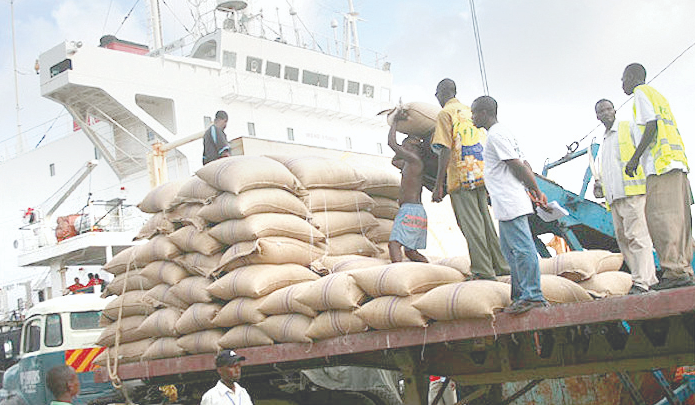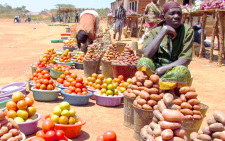Grim statistics expose sad state of the food crisis

Yesterday the world marked World Food Day, with grim statistics warning of dire and irreversible effects that climate crisis will cause if sound adaptation measures are not taken quickly.
The climate crisis is hindering efforts to eradicate hunger and poverty. The growing global population is dependent on a diet that places significant pressure on increasingly scarce land and water resources, exacerbating inequalities and social unrest.
Last month, world leaders gathered in New York for the United Nations General Assembly (UNGA). Their mission was to rebuild trust, reignite solidarity among nations and rescue the UN’s 2030 Agenda for Sustainable Development.
Midway through the implementation of the Agenda’s 17 Sustainable Development Goals (SDGs), the world is still far off from meeting its targets. Leaders at UNGA 2023 were hard-pressed to rescue the SDGs, including the goals for Zero Hunger and No Poverty.
More than 780 million people are going hungry, one-third of all food produced is lost or wasted, and more than three billion cannot afford healthy diets.
Alvaro Lario, President of the International Fund for Agricultural Development (IFAD), the only UN development agency that focuses exclusively on rural areas, summed up the critical situation.
Under the current trends, according to IFAD, 575 million people will still be living in extreme poverty in 2030 and there will be 600 million people suffering from hunger by 2030 as in 2015. This means that the food and nutrition security situation remains as when the SDGs targets were set.
Hunger is a political issue, mostly caused by poverty, inequality, conflict, corruption, and overall lack of access to food and resources.
As the world leaders deliberated on challenges facing humanity, the elephant in the room was the hunger and poverty conundrum. Why in a world of plenty, which produces enough food to feed everyone, how can there be hundreds of millions going hungry?
It is imperative that leaders, development agencies, financial institutions, the private sector and civil society urgently act on the food insecurity crisis. We must invest in small-scale food producers to ensure a food-secure future.
Sustainable, biodiverse food production is essential to achieve sustainable development and climate goals. We must invest in the livelihoods of the most vulnerable people in Africa.
Grim statistics tell the story of the people of the Horn of Africa, where in July, according to the World Food Programme (WFP), 76.7 million people were food insecure in Eastern Africa, a decrease compared to the lean season of 2022 but still extremely high compared to 2021 and 2020.
Despite the improved rains during the 2023 March to May season and the forecasted El Nino event starting this month, the impacts of the 2022-2023 drought (the worst in 40 years), are likely to persist for a long time as livelihoods were destroyed and 23.4 million people were left food insecure in drought-affected areas.
In Kenya, the effects of the severe drought in the Arid and Semi-Arid lands (ASALs) continued to have repercussions on the food insecurity levels in the first half of 2023. An estimated 5.4 million people were projected to be food insecure between March and June 2023.
Nationally and globally a lot needs to be done to reverse food insecurity and hunger in line with Agenda 2030. The worsening impacts of the climate crisis on agriculture and small farmers demand adaptation measures and investments.
The writer comments on food security and climate issues—albertoleny@gmail.com















